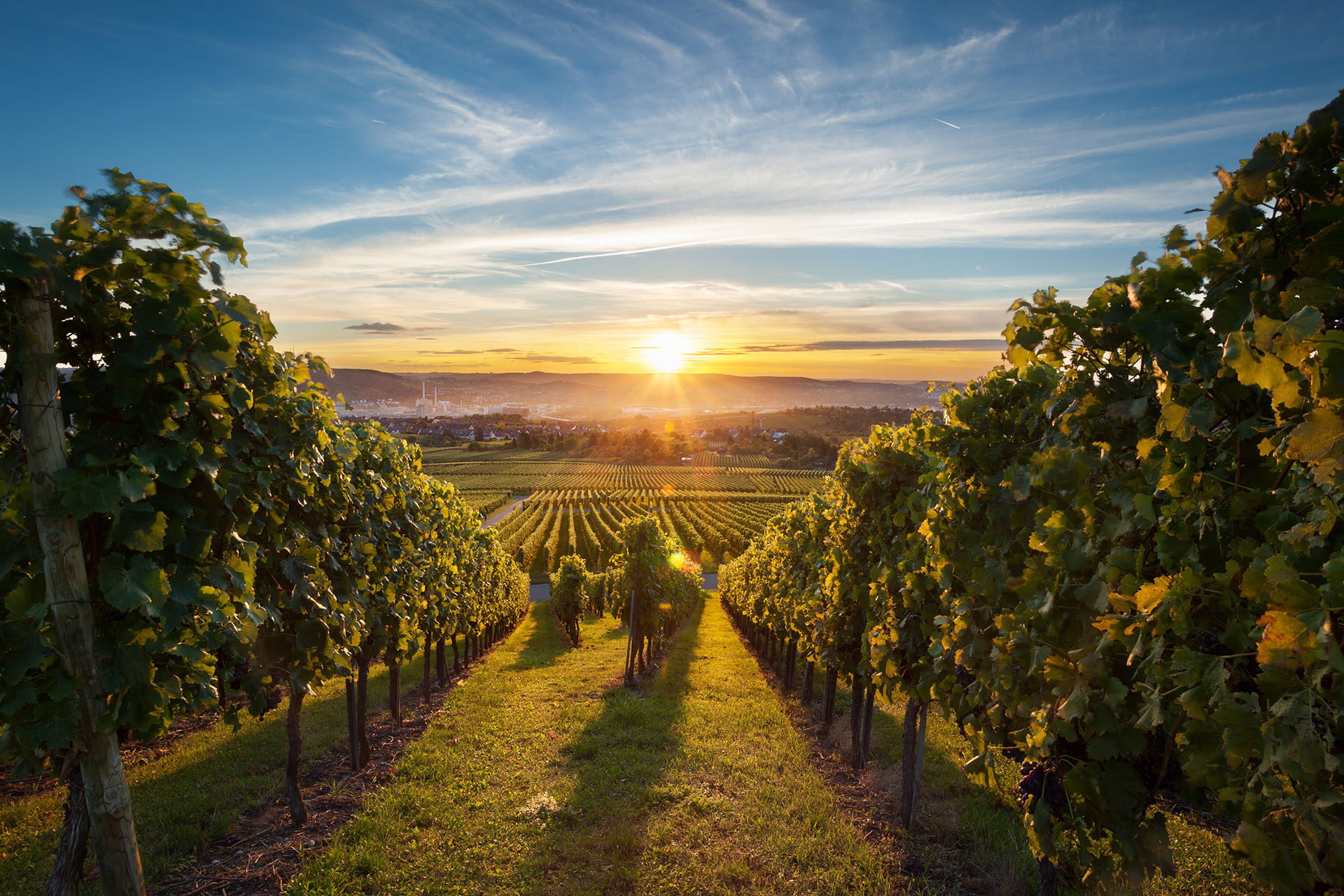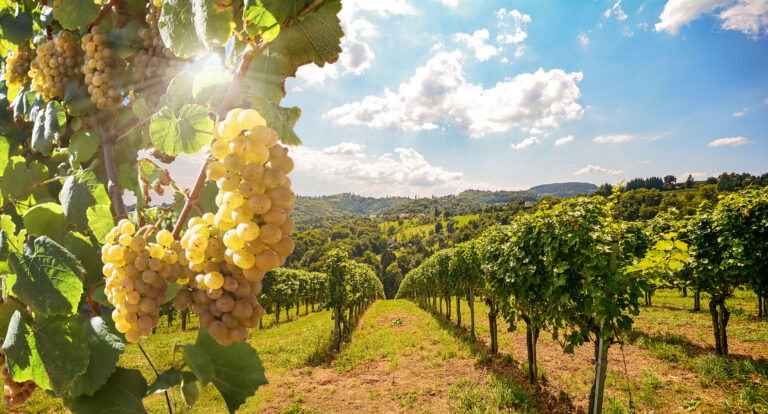Winery Wastewater Treatment Solutions Overview
A winery wastewater treatment system is beneficial for numerous reasons. With the current drought situation in many parts of the world, water is more valuable, and alternative water sources need to be evaluated more than ever throughout a winery. A treatment system allows process water to be cleaned and re-used for irrigation or within the operation, thus reducing the burden on existing water supplies. A winery effluent treatment system should be designed to meet the local regulations as well as to ensure that any water released to the ground is clean, and will not negatively impact ground water quality or the environment.
Specialty Treatment Solutions is specialized on winery wastewater treatment solutions and can help guide you in selecting the proper solution and service package for your operation.
Winery wastewater treatment basics
Winery wastewater generally contains high levels of organic and inorganic compounds, which are not easily disposed of. Wastewater treatment solutions involve the flow of the wastewater through a natural or constructed environment; during which the organic matter is reduced and the effluent and sludge is more stabilized. The water can then either be reused onsite for irrigation or other purposes, and sludge can potentially be composted or disposed of which aids the winery operation in attaining sustainability.
Most wastewater treatment systems include a combination of physical, biological, and chemical components. The Primary treatment utilizes physical components such as grates and screens to keep solids out of the water. Secondary treatment introduces biological processes (anaerobic or aerobic) for the removal of organic matter, nutrients, and both particulate and soluble BOD. Tertiary treatment removes nutrients, pathogenic organisms, non-biodegradable compounds, metals, inorganic dissolved solids, and remaining suspended solids using a variety of processes.
Aerobic winery wastewater treatment processes
This process introduces microorganisms (aerobic bacteria) to the wastewater, where they consume organic matter in the presence of oxygen, thus reducing the BOD levels, as well as nitrogen and phosphorus. The sludge by-product can be used as a fertilizer or disposed of.
Constructed wetlands, aerated ponds, aerated fixed-bed and moving-bed bioreactors, sequencing batch reactors, and biofilters are all examples of aerobic treatment processes.
Anaerobic winery wastewater treatment processes
This process occurs in enclosed reactors, which prevents air from being introduced and the release of odors. In this type of treatment process, anaerobic bacteria convert organic matter into carbon dioxide and methane.
Types of winery wastewater treatment systems
Systems vary from simple to complex, depending on the size of the operation and available land, and what the intended end use is (reuse in the vineyard or disposal).
Lagoon
These are open ponds which are designed to treat wastewater organic matter. Aerobic lagoons are aerated either by keeping the total depth shallow so that wind creates waves on the surface or by powered aeration such as surface mounted aerators or diffusers.
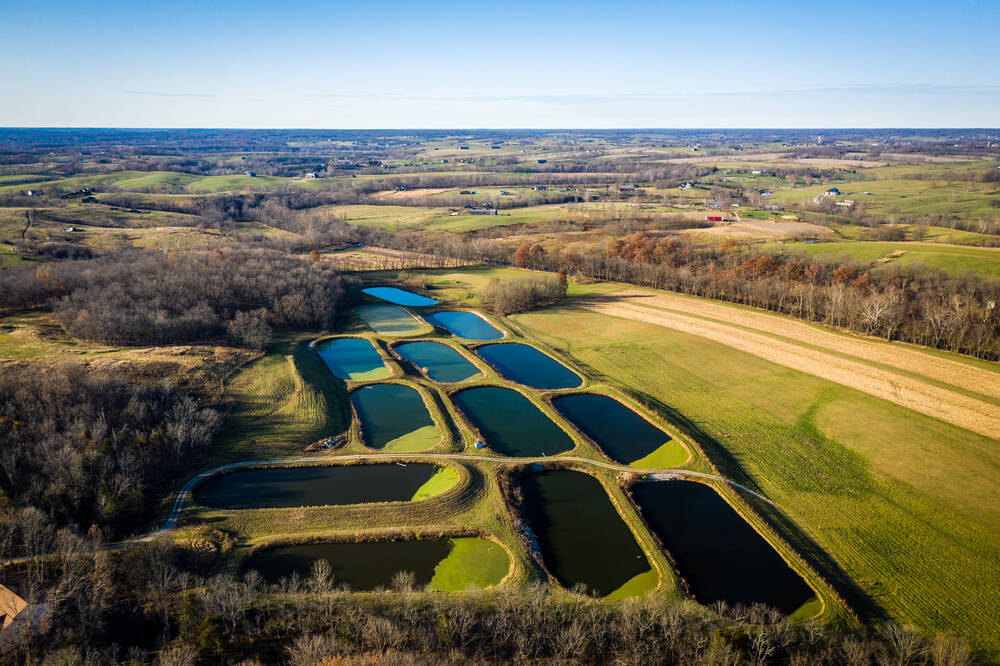
Wetlands
This is a natural way of treating winery effluent in which an artificial wetland is created using plants to break down organic matter. Many suspended solids become trapped by the plants while microorganisms which thrive in this environment transform and remove pollutants from the water. In addition, the soil absorbs nutrients such as nitrogen and phosphorous, which the plants use to thrive.
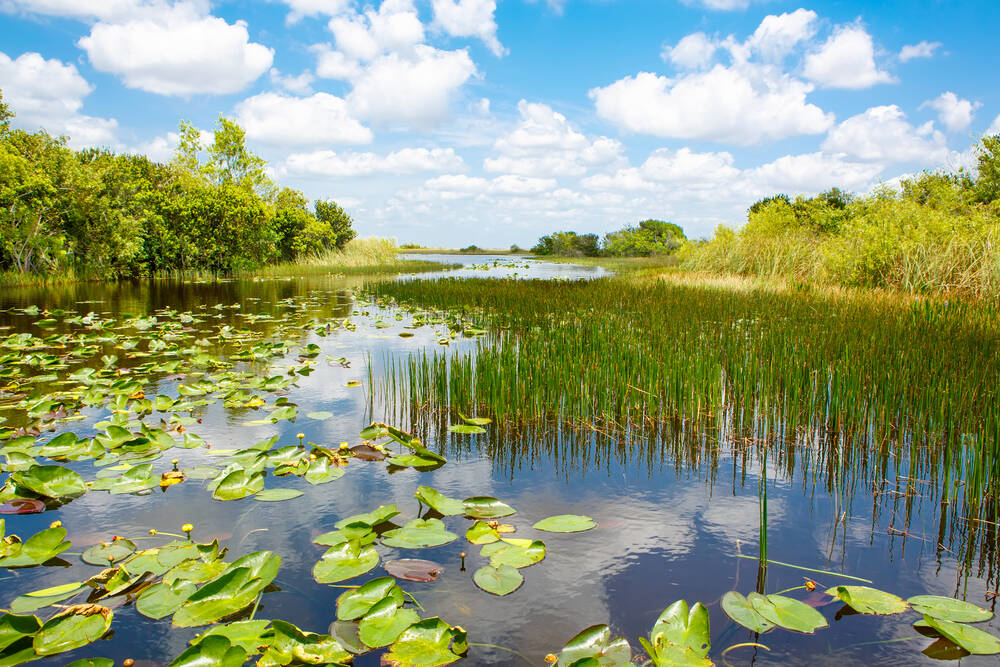
Bioreactor Methods
A container with organisms such as bacteria, which break down organic material. This is the type of wastewater treatment system that Specialty Treatment Solutions specializes in. The advantages of using this type of wastewater treatment system for your winery is the small footprint, that will allow you to have more free space for the vineyards, and the high quality of the effluent, which can be used for irrigation, fire protection and many other applications.
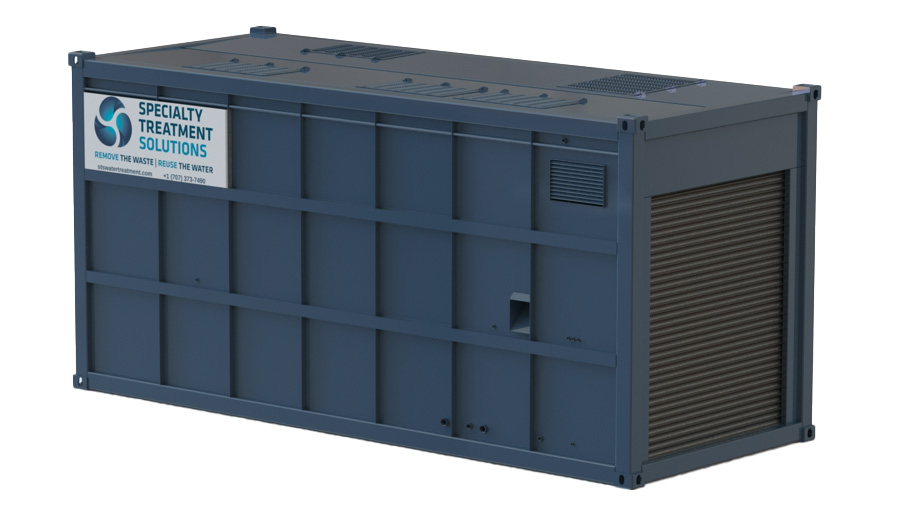
Some common types of bioreactors are:
- Moving Bed Biofilm Reactor (MBBR): This is a highly effective biological treatment for winery wastewater that consists of plastic carriers (media) in an aeration tank. The media in the aeration tank provide a surface area for a biofilm to attach and grow as the organic material is consumed. The concentrated biomass of the media reduces the footprint of the tanks required to treat the wastewater and allows for the removal of solids and reduced sludge production.
- Membrane Bioreactor (MBR): This combines an aeration tank with a membrane, which removes solids via filtration. The membranes can be designed for small spaces and are highly efficient at removing many of the contaminants in winery wastewater. This improves performance and reduces the footprint.
- Sequencing Batch Reactor (SBR): This is a fill-and-draw activated sludge system. Wastewater is added to a single reactor, treated in batches, and then discharged. To optimize performance, two or more bioreactors can operate on a batch system.
- Aerobic Digester: Bacterial process, designed to reduce the volume of sludge, occurring in the presence of oxygen. In this environment, bacteria rapidly consume organic matter and convert it to primarily carbon dioxide and water.
- Anaerobic Digester: Sludge is digested using anaerobic microbes, in a closed, high-temperature, oxygen-free container.
Conventional Activated Sludge
Winery wastewater is mixed with oxygen to sustain the aerobic biological process. The microbial organisms break down organic matter. The treated effluent is then clarified in a settling tank with some of the settled sludge being returned to the aeration tank and the rest is disposed of.
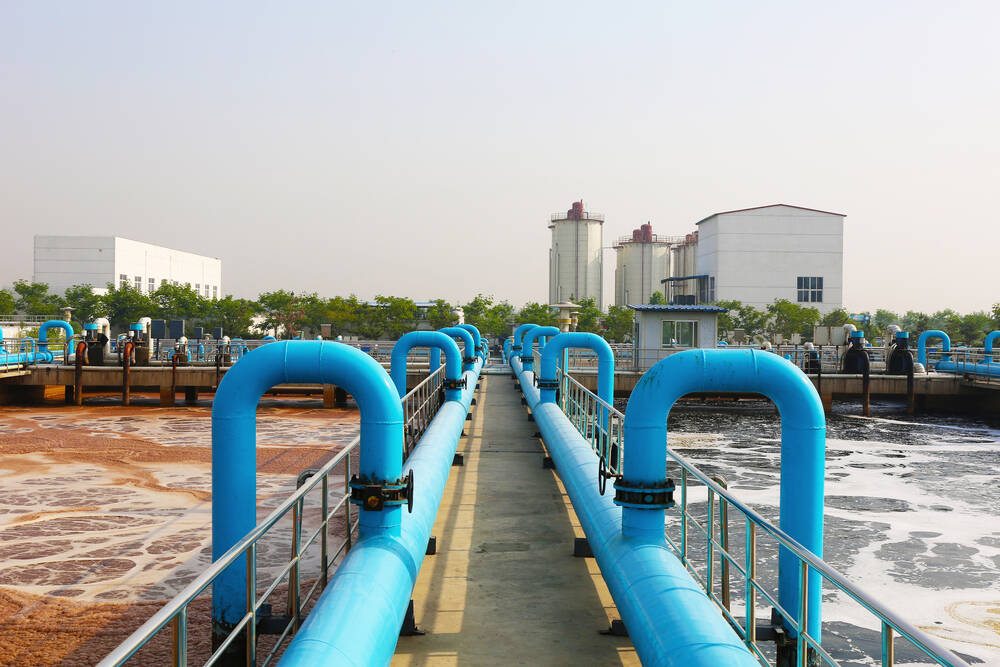
Factors to consider when selecting a winery wastewater treatment system
There are numerous factors to consider when choosing a winery wastewater treatment system. Apart from the winery wastewater characteristics of the facility, it’s important to take into account the final use or disposal of the treated wastewater and the local regulations. For example, the winery wastewater regulations in California establish the maximum levels of nitrogen, salinity, and biochemical oxygen demand (BOD) for land disposal.
Other important factors to consider are:
Full cost of winery wastewater treatment
Beyond the initial upfront cost, a winery should think about the cost to operate and maintain a system. Labor, utilities, parts, chemicals, and time spent away from making wine to manage the system are some of the things to take into consideration. Meanwhile, an operation may gain irrigation water, increased production capacity, and a positive “green” component they can use in marketing with the addition of a wastewater treatment system.
Winery wastewater system footprint
How much space does a winery have available to use to treat wastewater? While ponds work well, they require a large land footprint. Is that land better used for vines? More advanced treatment systems can be configured to fit into a small footprint, and can be scaled up if production expands.
Complexity of the winery wastewater treatment solution
Advanced solutions such as a Membrane Bioreactor use less space than a pond, but they may require more technical oversight, labor, or maintenance.
Sturdiness to keep the microbial population alive beyond harvest
Aerobic and anaerobic systems both depend on microbial organisms to break down organic material in the winery process water. After harvest, it requires some effort and maintenance to keep them alive and healthy.
Maintenance of the winery wastewater treatment system
All types of treatment systems require some maintenance. Lagoons need periodic dredging, and wetland biofilters must have accumulated materials removed. More advanced systems will need to be cleaned and have parts replaced from time to time.
Discharge/reuse of the treated water
Before determining what type of wastewater treatment system to use, a winery should consider what their intended purpose for the final product is. Will the water be reused for irrigation, used in the winery, or disposed of? The treatment must be “fit for purpose”.
Winery wastewater treatment comparison
So far we have explained the various types of wastewater treatment solutions, and what factors to consider when choosing the best winery wastewater treatment system for your operation. But how do the various systems compare?
[table id=7 /]
Which winery wastewater treatment system is right for your operation?
If you are unsure what type of system is best for your operation, the STS engineers can help you navigate your requirements and determine what suits your needs, while meeting local water board requirements.
Specialty Treatment Solutions specializes in MBR and MBBR treatment solutions for any size winery. The systems typically incorporate aerobic sludge digesters and easy-to-clean membranes. This new generation technology allows us to design a wastewater treatment system to fit any operation or footprint, large and small. Our winery wastewater systems are modular in design and construction, making installation easy, and allowing for future expansion. They also are energy efficient with low life-cycle costs. We offer a performance guarantee, plus remote monitoring and operation capabilities.
Contact us with any questions, or to get started on determining what is best for your operation.
Sources
EPA. 2007. Wastewater Management Fact Sheet: Membrane Bioreactors.
